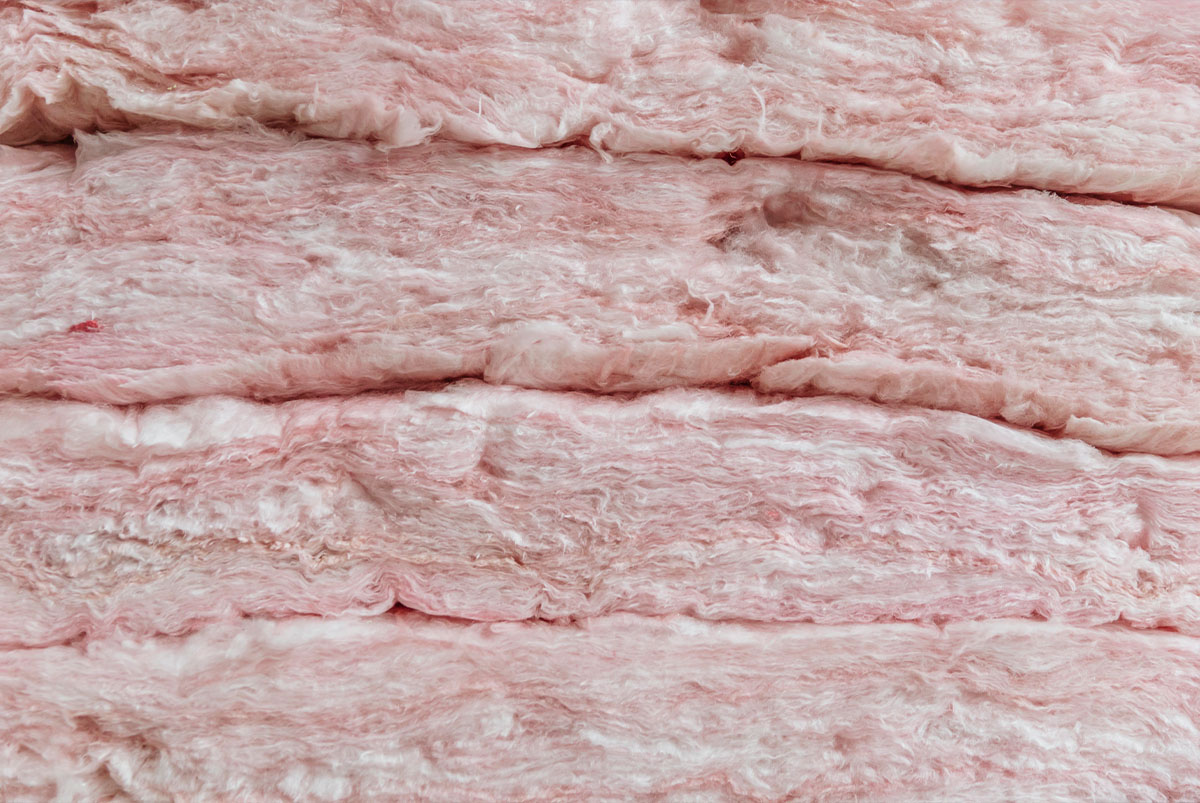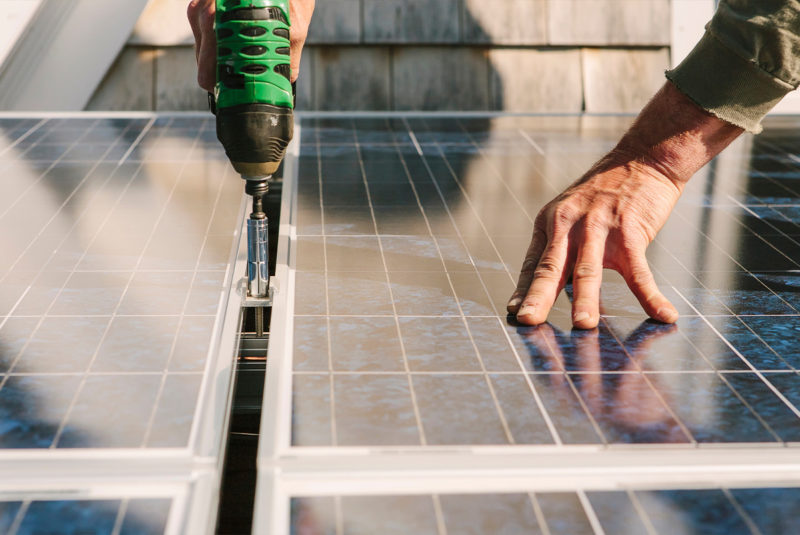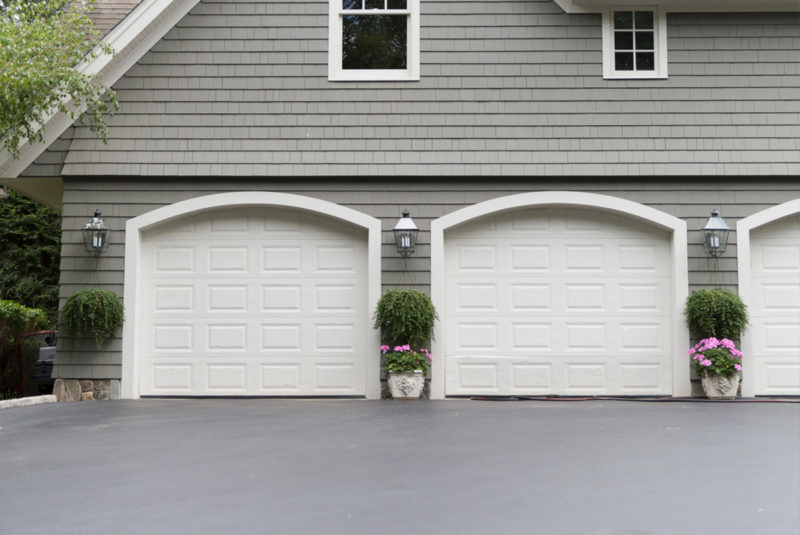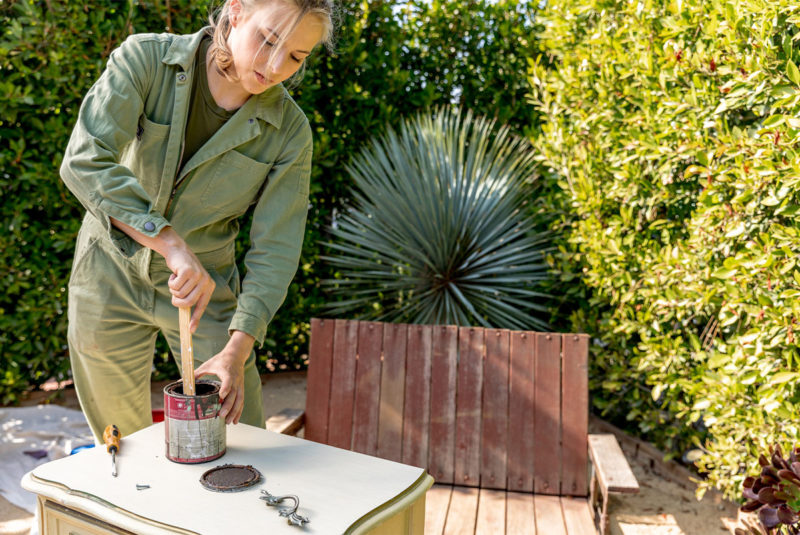Ready To Buy a Home?
Get Approved to Buy a Home
Rocket Mortgage® lets you get to house hunting sooner.
If you’re constantly running your heater and boarding off rooms like you’re defending the Wall from the Night King, it’s time to winterize your home.
Though not an epic CGI battle, the cost of insulating a house can feel daunting. Several factors influence the cost to insulate your home, such as the size of your house, the type of insulation and where you live.
Let’s explore how much it’s going to cost to insulate your home.
Cost To Insulate a House: At a Glance
One of the best things about insulating your home (or upgrading existing insulation) is that the project can pay for itself in a short amount of time.
Most people see a decrease in their monthly electrical bills right away, which then pays for the upfront costs within a few years.
It costs on average $7,900 to have a professional remove and replace insulation in an older 2,000 square foot home.
| House Size | Average Cost[2] |
| 1,000 sq. ft. | $1,650 – $15,000 |
| 1,200 sq. ft. | $1,980 – $16,500 |
| 1,500 sq. ft. | $2,475 – $18,000 |
| 2,000 sq. ft. | $3,300 – $25,000 |
| 3,000 sq. ft. | $4,950 – $35,000 |
| 4,000 sq. ft. | $6,600 – $45,000 |
What Factors Influence Home Insulation Cost?
Several factors influence the cost of insulating your home. These include:
- How it’s installed
- The type of insulation you choose
- Where you live
- Whether it’s a new or existing home
- The cost of labor
- The size of your home
Installation method
There are four primary methods for installing insulation: blown-in, blanket batts and rolls, foam board and spray foam.
Rigid board insulation may not be one of the primary methods of insulation. But it has become more popular in recent years as homeowners look to create a quiet home office space. We’re including it in the mix, too.
- Blown-in: Insulation is added to the home using a machine that blows the insulation material into your walls, ceilings and floors. Blown-in insulation is on the mid- to low-end in terms of pricing.
- Blanket batts and rolls: These come in pre-cut pieces or rolls that are easy to install in most common sizes and scenarios. Blanket batts and rolls fall on the low-end in terms of pricing.
- Foam board: This rigid type of insulation is made from polystyrene or polyurethane. Foam board is easy to install and often used in new construction. It’s on the high-end in terms of pricing.
- Spray foam: Spray foam insulation is a newer type of insulation that is made from polyurethane. This type of insulation is sprayed onto your walls, ceilings and floors. Generally meant for smaller, harder-to-reach areas in the home, it’s on the high-end in terms of pricing.
- Rigid board: Rigid board insulation is similar to foam board insulation, but it’s made from more dense (or rigid) materials, like cork or wood. Since the materials for rigid board aren’t always waterproof, its placement is limited. Rigid board insulation is on the high-end in terms of pricing.
| Installation Method | Average Cost Per Square Feet[2] |
| Batt | $65 – $2.00 |
| Blown-in | $1.65 – $3.80 |
| Foam board | $2.40 – $3.75 |
| Spray foam | $3.15 – $7.50 |
| Rigid board | $5.75 – $15.00 |
Location
The cost to insulate a home will depend on the location needing insulation. For example, your basement will have significantly different insulation needs than your attic.
| Location | Average Cost[2] |
| Ceiling | $400 – $1,500 |
| Attic | $400 – $3,350 |
| Exterior wall | $425 – $2,000 |
| Garage | $600 – $8,000 |
| Basement | $800 – $8,000 |
| Roof | $2,400 – $8,000 |
Material
The materials being used also play a big role in the cost. Since not all materials can be used with all installation methods, we’ve included the installation options as well.
| Material | Installation Method | Average Costs Per Square Feet[2] |
| Fiberglass | Batts and loose-fill | $0.40 – $1.50 |
| Cellulose | Loose-fill | $0.60 – $2.30 |
| Polystyrene | Foam board and spray foam | $1 – $15 |
| Blue jean | Batts | $1.15 – $1.75 |
| Rockwool | Batts and loose-fill | $1.40 – $4 |
| Sheep wool | Batts | $1.50 – $2.80 |
| Polyisocyanurate | Foam board | $2 – $4.50 |
| Cork | Rigid board | $3 – $12 |
| Wood fiber | Rigid board | $4.25 – $6.75 |
Labor costs
As with many home improvement projects, some installation methods are more labor intensive and time consuming than others. For example, foam board insulation may require an experienced installer, whereas spray foam insulation is as easy as point and spray.
Note that labor costs can vary by region, where you install the insulation and how easy it is to access the space.
| Type | Labor Costs | Total Costs Per Square Feet[2] |
| Batt | $0.25 – $0.80/sq. ft. | $0.65 – $2.00 |
| Blown-in | $1.15 – $1.30/sq. ft. | $1.65 – $3.80 |
| Foam board | $1.40 – $2.50/sq. ft. | $2.40 – $3.75 |
| Spray foam | $50 – $100/hour | $3.15 – $7.50 |
| Rigid board | $1.50 – $2.50/sq. ft. | $5.75 – $15 |
New vs. existing construction
Whether you’re insulating a new home or an existing one, the price to insulate varies partly based on the materials used and how easy or hard it is to get to the space.
Since everything is open in a new home – the walls aren’t finished, there’s no siding on the exterior, etc. – accessing any space is a breeze. When the insulation process is easier, it tends to be cheaper, too.
Let’s compare the average cost to insulate a new construction versus an existing home per square foot.
| Type of Installation | Average Costs Per Square Feet[2] |
| New construction | $0.65 – $6.50 |
| Existing walls | $1.75 – $7.50 |
Insulation removal and replacement costs
Out with the old and in with the new!
Home insulation removal and replacement can be a pricey home improvement project. The cost to remove insulation can vary – just like it does to install it – depending on access and material type matter.
On average, homeowners report spending $1.00 – $1.50 per square foot to remove insulation.[2]
Checking the quality and condition of your home’s insulation isn’t always easy or something you’re thinking about. Sometimes, you may not even know your insulation needs replacing until something goes wrong.
Being proactive can help you avoid bigger expenses down the road.
It’s recommended to keep an eye on your insulation beginning 15 – 20 years after installation.[1] There are several ways to tell if your home’s insulation is failing.
If you see any of the following signs, it may be time to replace your home insulation:
- The insulation is visibly damaged and starting to degrade.
- The insulation is no longer effective in stopping the home from losing conditioned air.
- The insulation is allowing daylight or other sources of exterior light to come through the walls.
- The insulation is starting to compress and lose its thermal protection.
- Your energy bills have increased significantly without any change in your home’s energy usage.
DIY vs. Hiring a Professional
Installing insulation yourself, versus hiring a contractor, may sound tempting and does have its benefits. However, make sure the material you want is something you can install safely.
Otherwise, consider having it done by a professional.
PROS Benefits of Hiring a Professional👍
Hiring a professional insulation contractor can help in ensuring the job is done quickly and correctly. Professionals have the experience and knowledge to install insulation in difficult or hard-to-reach places, which can save time and frustration.
Professionals can save time and energy when working with some insulation types and methods. For example, foam insulation can be difficult to install correctly without proper training and equipment.
Building codes, energy efficiency standards and rebates are constantly changing. A professional insulation contractor will be up-to-date on the latest code requirements and can help you take advantage of any available rebates.
CONS Disadvantages of Hiring a Professional👎
Insulation projects can be expensive – even without the added cost of a contractor. If you’re on a tight budget, doing the job yourself might be the best option.
Even if you need the job done quickly, you may have to wait for a contractor to fit you into their schedule. This could take weeks or months, depending on the time of year and the contractor’s workload.
If you choose to hire a professional, be sure to do your research to find a reputable and experienced contractor. An inexperienced contractor could cause damage to your home. And if they don’t have proper licensing and bonding, you could wind up having to foot the bill.
Tips To Save Money on Insulation Cost
Insulating a house can be expensive, but there are plenty of ways to save money on insulation costs. Here are a few tips:
- Get multiple estimates: Don’t just go with the first contractor you find. By speaking with several contractors, you’ll ensure you’re getting the best possible price.
- Look for pricing in the late fall or early winter: When the weather begins to turn, people’s attention turns to their home insulation needs. Many contractors offer discounts during the fall and early winter, so it’s a great time to get a deal.
- Ask for a free energy audit: Many insulation contractors will offer a free energy audit to determine where your home is losing energy and how best to address the problem.
- Search for local and federal rebates: There are rebates available for energy-efficient improvements to your home, including insulation.
- Remove it yourself: If you’re comfortable with a little DIY, you can remove old insulation yourself.
Even with the best tips, insulating a home can be a financial burden, and sometimes the project isn’t exactly optional.
When you need to make an insulation upgrade but don’t have the cash upfront, you might consider opening a home equity loan or taking out a home improvement loan.
Winter Is Coming
It’s time to prepare for the looming battle against the long winter. The cost to insulate a home can be significant. But with careful planning, the energy savings, comfort and environmental impact all make insulating your house worth it.
Strapped for cash?
Your home’s equity is your money. So whether it’s for a new kitchen or consolidating debt, a cash-out refinance can help get you there.
The Short Version
- Several factors influence the cost to insulate your home, such as the size of your house, the type of insulation and where you live
- It costs on average $7,900 to have a professional remove and replace insulation in an older 2,000 square foot home
- The cost to insulate a home can be significant. But with careful planning, the energy savings, comfort and environmental impact all make insulating your house worth it
Angi. “What to Know About Replacing Your Home’s Insulation.” Retrieved October, 2022, from https://www.angi.com/articles/when-should-i-replace-my-insulation.htm
Fixr. “How Much Does It Cost to Insulate a Home in Your Area?” Retrieved October, 2022, from https://www.fixr.com/costs/home-insulation




